Optimal Timing for Drywall Repairs
Drywall repairs are most effectively performed during periods of stable indoor conditions. Optimal timing often coincides with mild weather, when temperature and humidity levels are consistent, reducing the risk of drywall material issues such as cracking or warping. Addressing repairs during these times ensures better adhesion and finish quality.
Spring and fall typically offer moderate temperatures and humidity, ideal for drywall repairs, minimizing the risk of material expansion or contraction.
Perform repairs when indoor conditions are stable, avoiding extreme heat or cold, which can impact drywall materials and drying times.
Choosing a time when the space is less occupied allows for uninterrupted work and proper curing of joint compounds.
High humidity, such as during rainy seasons, can delay drying and compromise repair quality.

Ways to make Drywall Repairs work in tight or awkward layouts.

Popular materials for Drywall Repairs and why they hold up over time.
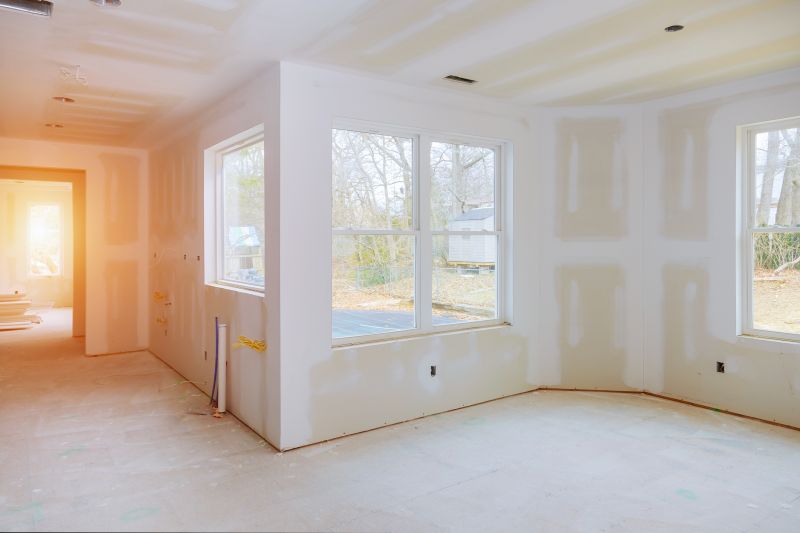
Simple add-ons that improve Drywall Repairs without blowing the budget.

High-end options that actually feel worth it for Drywall Repairs.

Finishes and colors that play nicely with Drywall Repairs.

Little measurements that prevent headaches on Drywall Repairs day.
| Timing Factor | Impact on Drywall Repairs |
|---|---|
| Temperature | Moderate temperatures prevent cracking and warping. |
| Humidity | Low to moderate humidity ensures proper drying. |
| Indoor Conditions | Stable indoor climate promotes better adhesion. |
| Season | Spring and fall are ideal for consistent conditions. |
| Post-Construction | Soon after remodeling for optimal results. |
Drywall repairs involve patching, sanding, and finishing drywall surfaces to restore their appearance and structural integrity. Proper timing enhances the durability and quality of repairs, reducing the likelihood of future issues. Accurate assessment of environmental conditions and scheduling repairs during optimal periods can lead to smoother finishes and longer-lasting results. Statistics indicate that repairs performed under ideal conditions have a 25% lower chance of rework due to cracking or peeling.
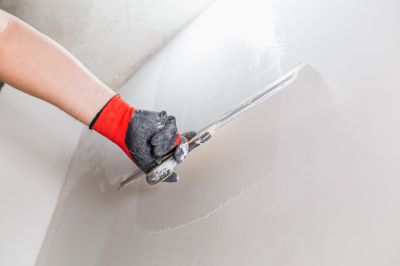
A 60-second routine that keeps Drywall Repairs looking new.

A frequent mistake in Drywall Repairs and how to dodge it.
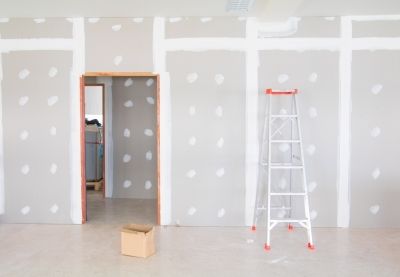
Small tweaks to make Drywall Repairs safer and easier to use.

Lower-waste or water-saving choices for Drywall Repairs.
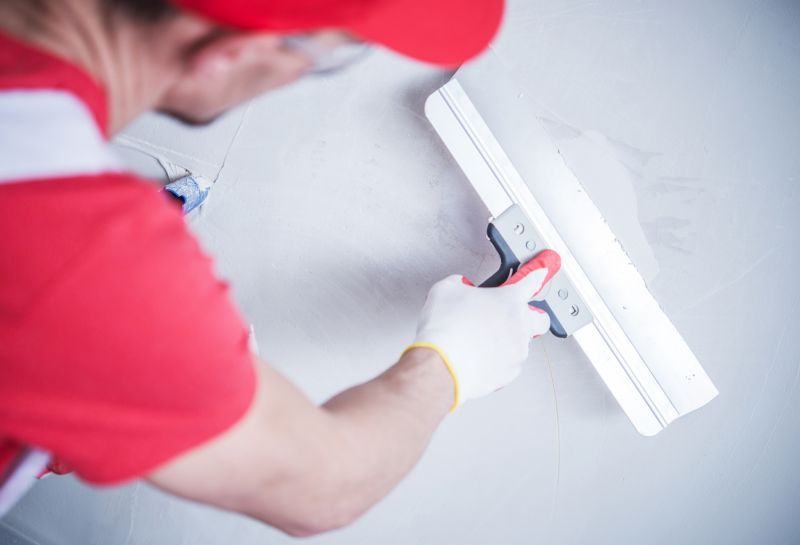
The short, realistic tool list for quality Drywall Repairs.

Rough timing from prep to clean-up for Drywall Repairs.
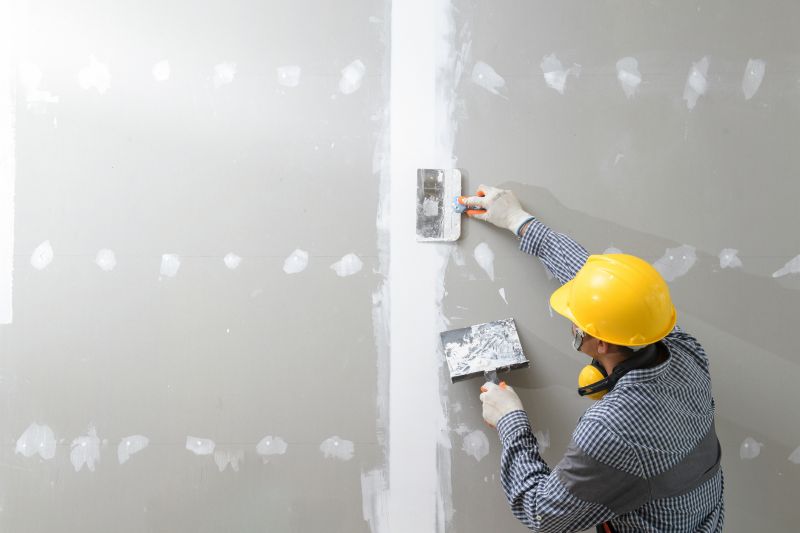
Quick checks and paperwork to keep after Drywall Repairs.
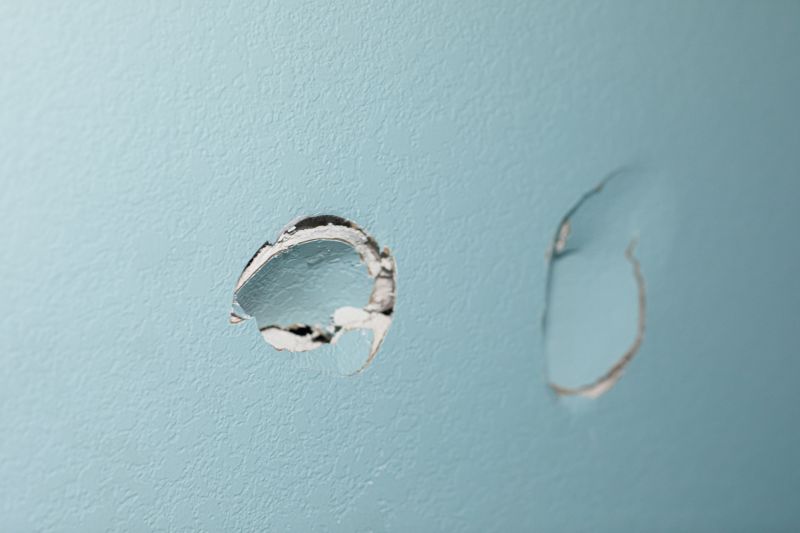
Examples that show the impact a good Drywall Repairs can make.
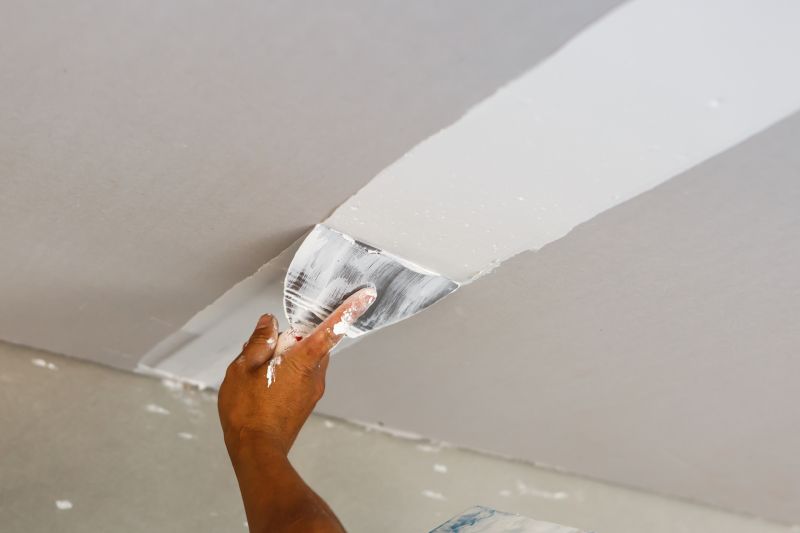
Ways to make Drywall Repairs work in tight or awkward layouts.

Ways to make Drywall Repairs work in tight or awkward layouts.

Ways to make Drywall Repairs work in tight or awkward layouts.
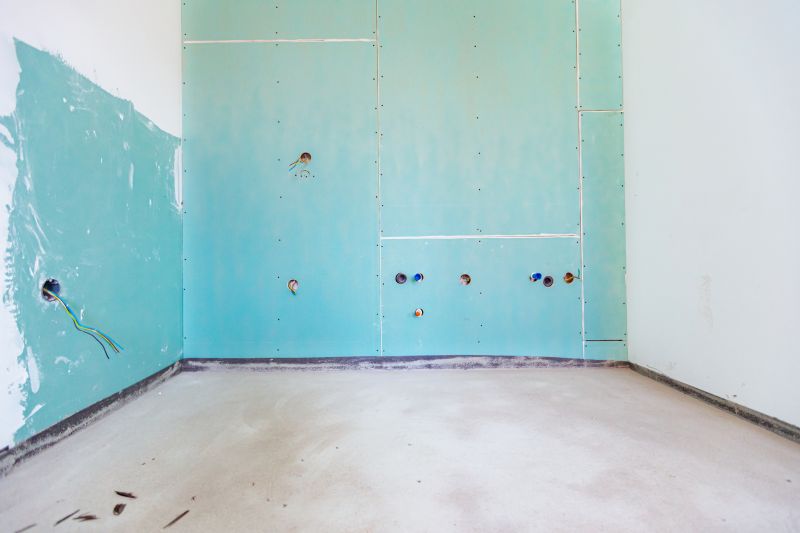
Ways to make Drywall Repairs work in tight or awkward layouts.
Interested in scheduling drywall repairs? Filling out the contact form provides an opportunity to discuss specific needs and preferred timing for optimal results. Proper planning and timing can lead to efficient repairs and a high-quality finish, ensuring drywall surfaces are restored effectively.
